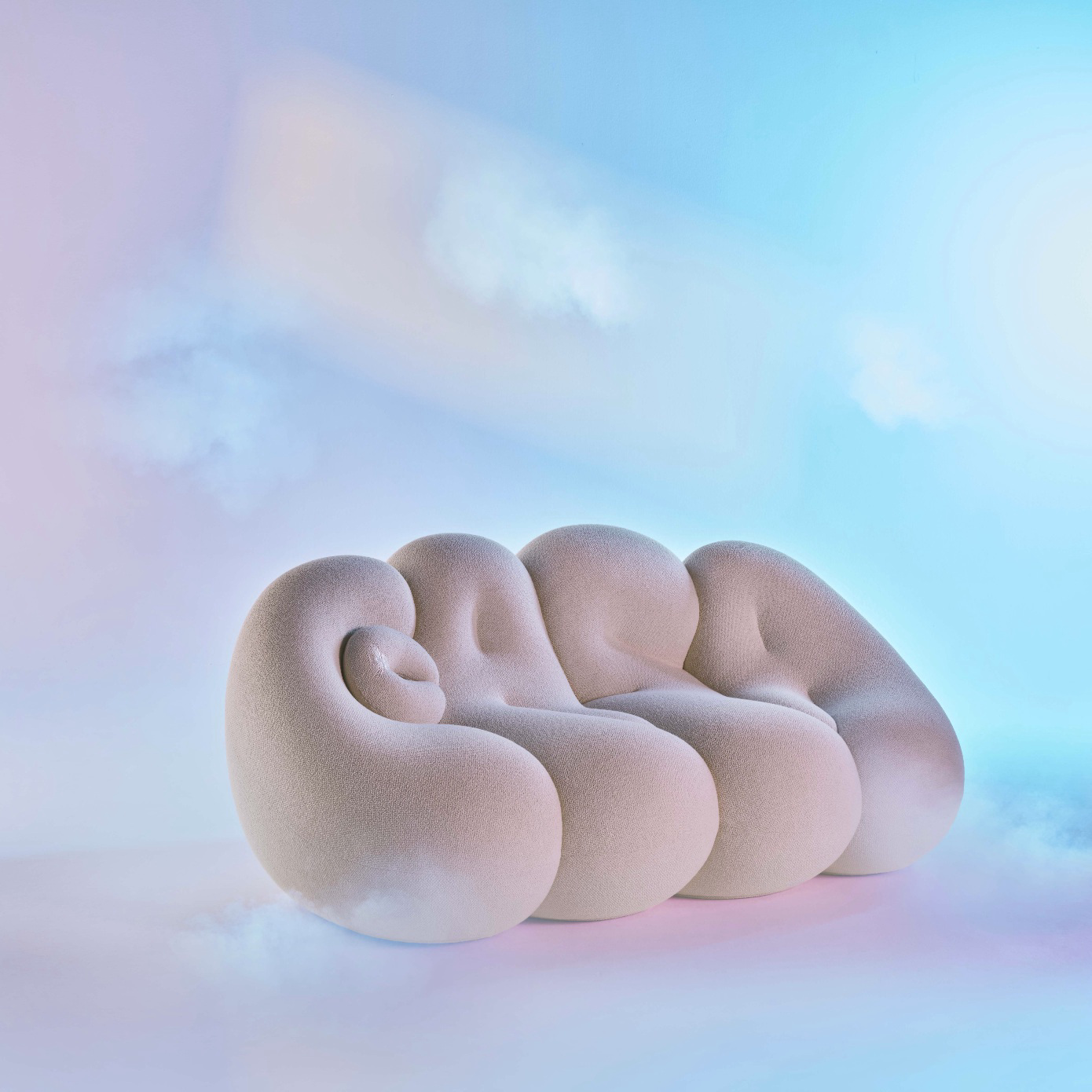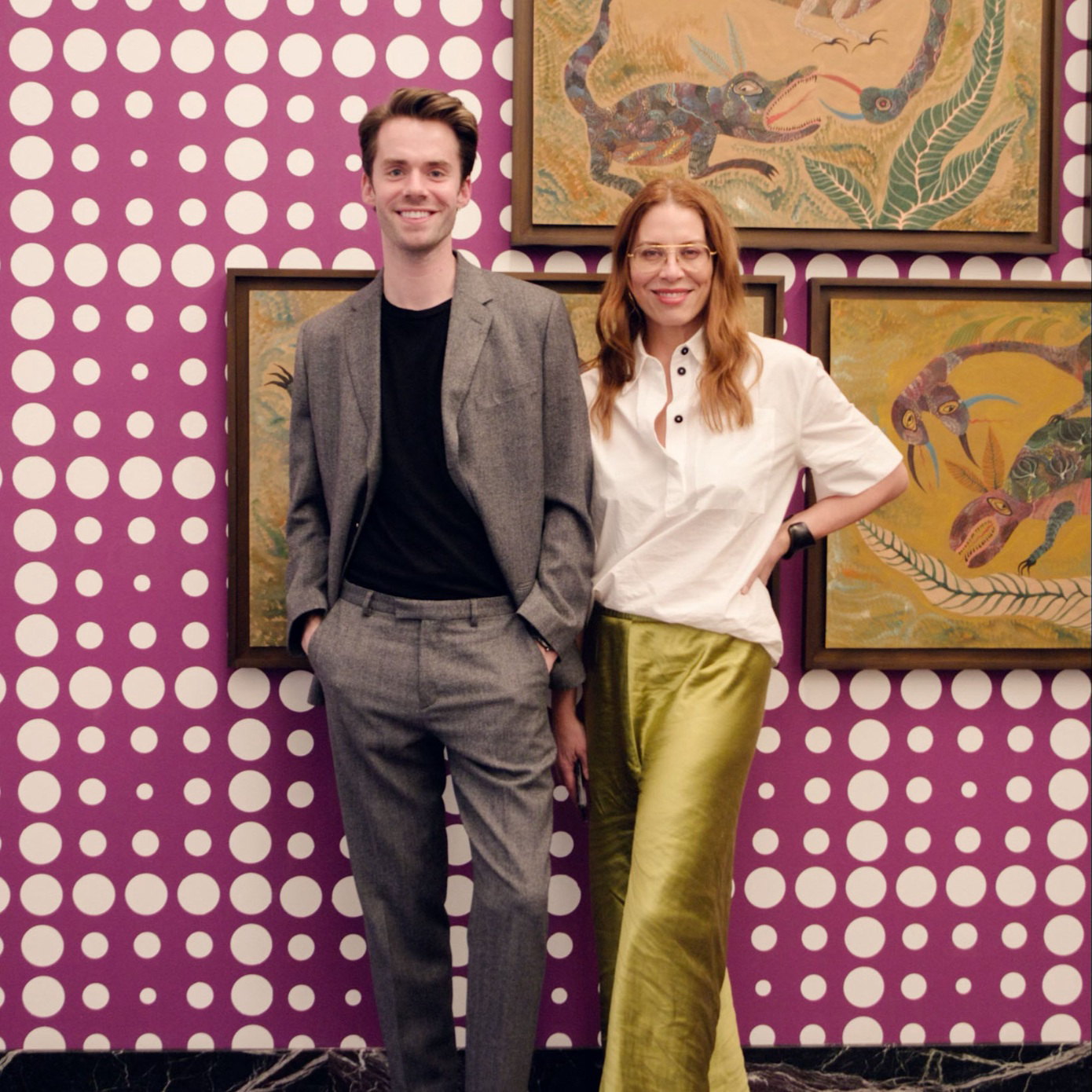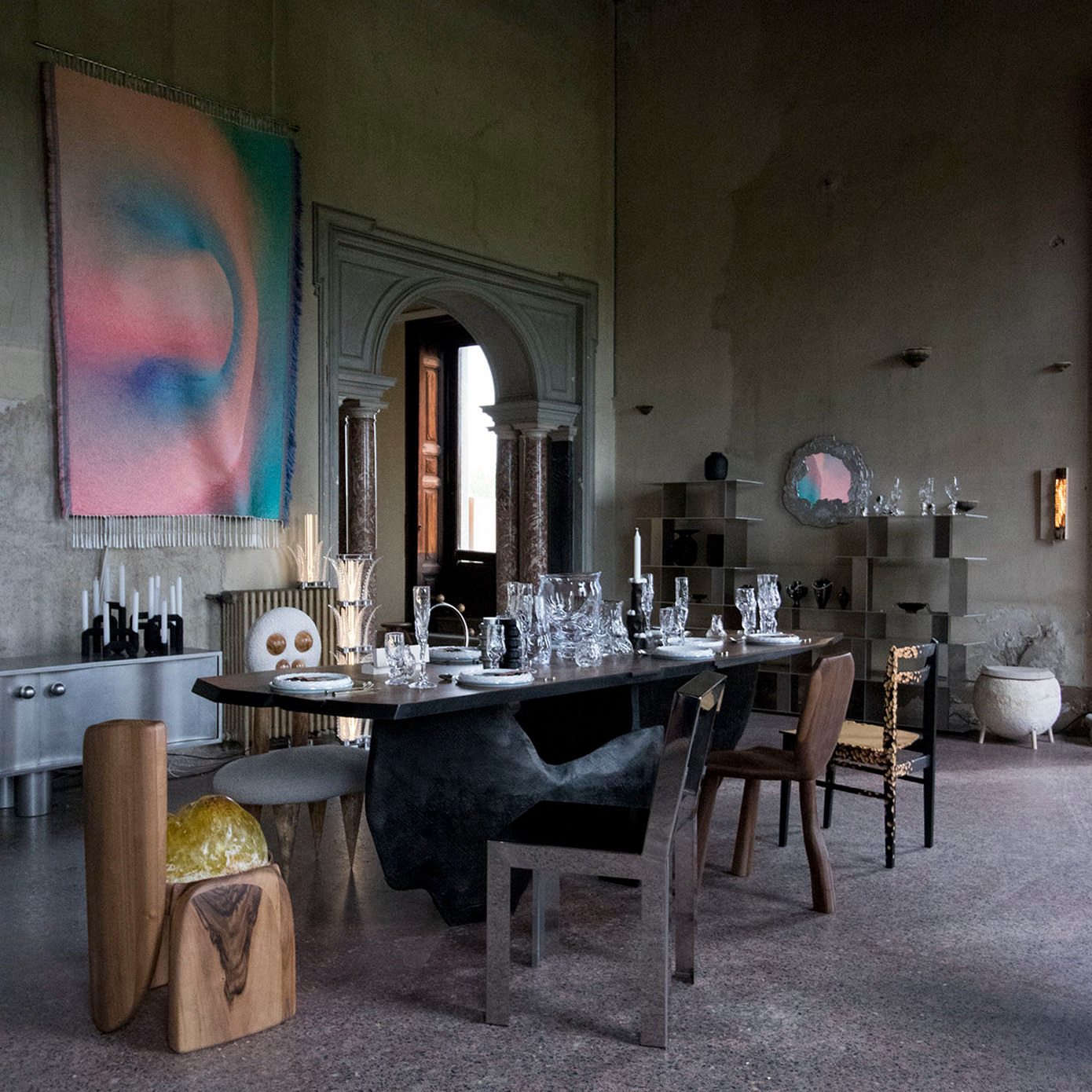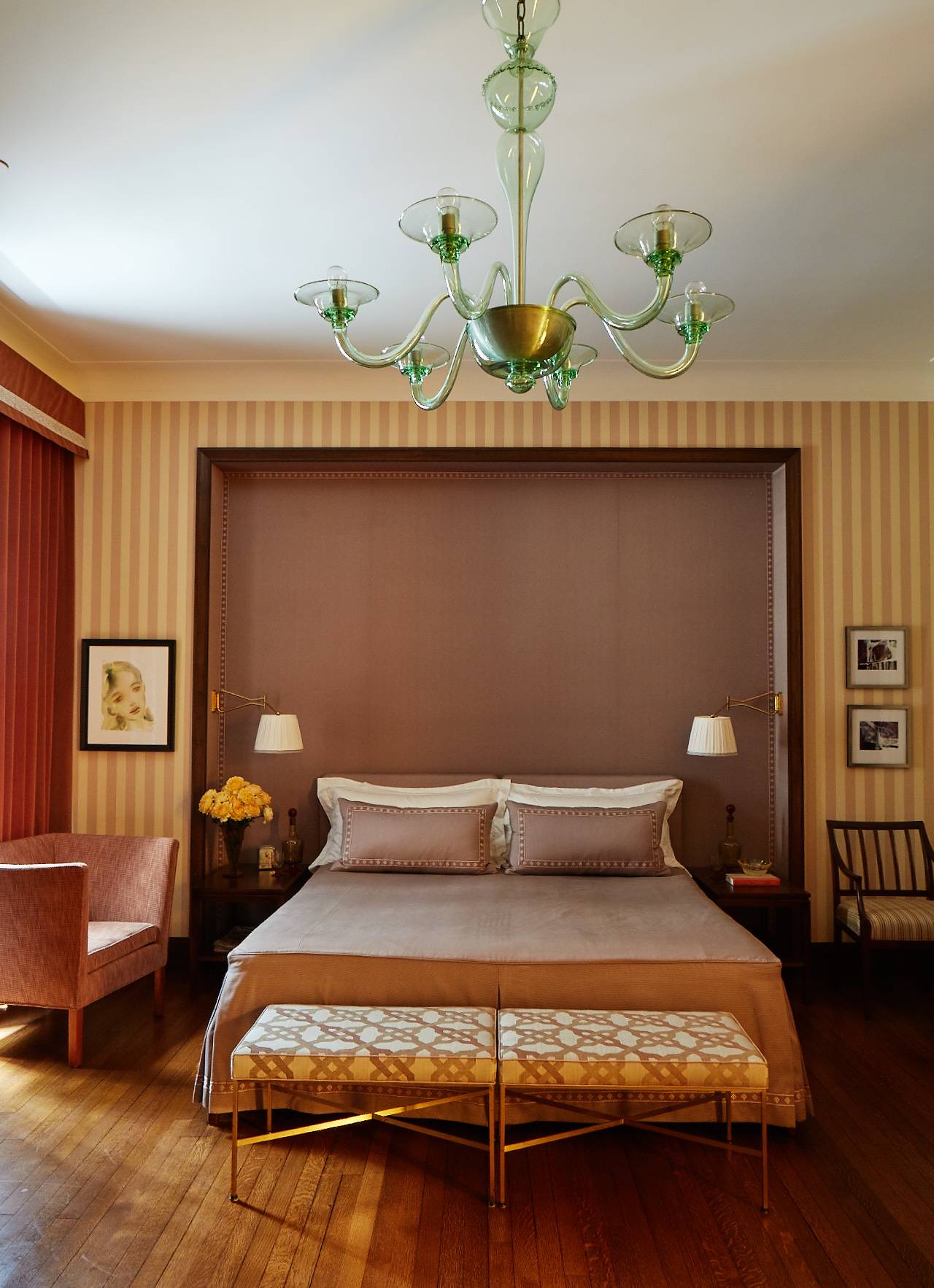
I’m sitting with interior designer and author Paul Fortune, in the home he shares with his husband, ceramist Chris Brock, and their newly adopted kitten named Napkin. Soothing, comfortable and familiar, this home it is a place everyone wants to revisit. A copy of Paul’s new book, Notes on Decor etc. (published by Rizzoli, coming out this October), sits on the coffee table.
David Netto is on speaker phone, and the conversation begins. I sit back and enjoy the ride of two great friends and enormously talented designers talk shop while I take in the unbelievable Ojai, California sunset from atop their perch, and the conversation carries on into the night.
DN: Let me open by saying I am astounded by the quality and uniqueness of your book. I love the completely unexpected structure of it, the chapter titles and the user-friendly manual; its uniqueness is its strength.
PF: You don’t think it’s too weird and off-the-wall do you?
DN: No, it’s just not what I expected. On the first page, in the apologia, you say you never had anything to do with the design dialog, nor did you want to. Why did you feel that way?
PF: I never had a plan; I never had a focus. I just went along with what was happening, which allowed me a great deal of freedom. A dialog about design is boring. It’s great to have a historical point of view, but I wasn’t going to make the book about my opinions on banal things like tiles and wallpaper. I am opinionated on a much more basic level. I didn’t want a memoir, or a tell-all, or a how-to book, so I had to figure out how to bring in as much information as possible.
DN: How did you begin?
PF: I had boxes and boxes of photographs and magazine clippings. I organized them into piles and gave them headings like; rugs, hallways, bed side tables, etc. It became apparent this was the best way to tell my story.
DN: The book seems very user-friendly, methodical and generous. I never pictured you explaining how to set up a bed side table, for instance.
PF: Decorating is ridiculous because it’s so subjective. I never learned to decorate, I never aspired to becoming a decorator; it was just an organic thing that came together from my education and life travels, and suddenly it presented itself and I could do it! I never thought it was a big deal but in retrospect it was; everyone thinks they can do it and almost nobody can.
DN: There’s a project of yours that jumps out, the trailer in Ojai that I’ve always loved.
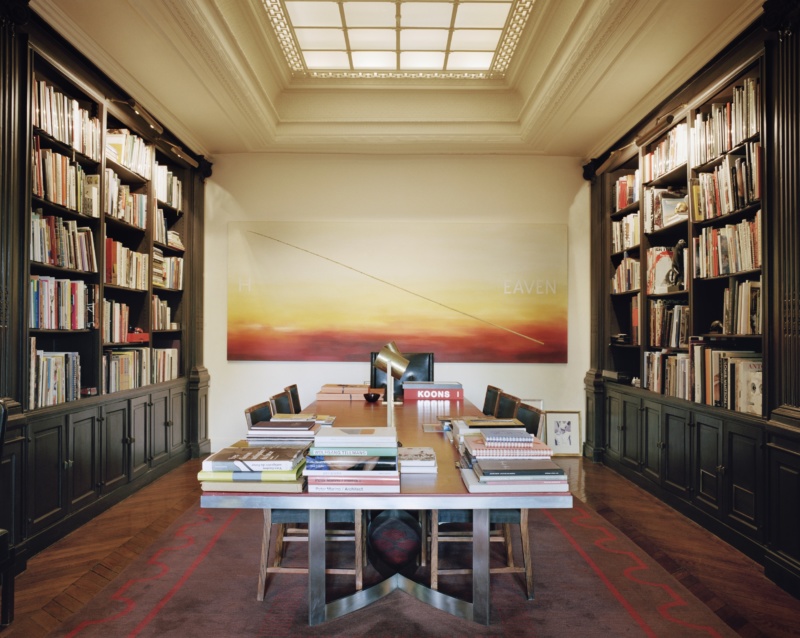
PF: In my house in Laurel Canyon there was a bedroom built in the 1940’s by the original owners for their young nephews when they’d come visit. The paneling and bunks were made of leftovers from the set of Mutiny on the Bounty. When I moved to Ojai, I recreated it in a 1940 Spartan trailer that we now use as a guesthouse. You know, I can go into any place and pick out the things that will work and that will stay. Then I pick out the things I can improve on and get rid of the crap. I add a few little touches and voila! But most people just rip everything out.
DN: So your not a prima donna about decorating from scratch?
PF: No! I enjoy restrictions; it’s green and reasonable, to me, the other way is wrong. My idea of a perfect project is that you do something and it lasts for a 100 or 1000 years!
DN: Talk to me about bringing the Sunset Tower to L.A. I see you as the author of the most successful room in town (the Tower Bar) which defined the last decade of elegant night life in L.A.
PF: I was familiar with the Sunset Tower. My drug dealer lived there in the 1970’s when there was no elevator. You had to walk up to the 9th floor! Back then, it was full of freaks, a complete hovel, but charming. And suddenly I was in charge.
DN: You gave that building a past that it never had. I don’t think that there was ever a time, even when it was brand new, that it ever looked as good and functioned as well.
PF: Well, it had its moments. I looked at all of the archives. The entrance was cramped, and I moved the staircase forward ten feet, and the feng shui was all wrong. I fixed the flow. That building now is as good as if will ever be.
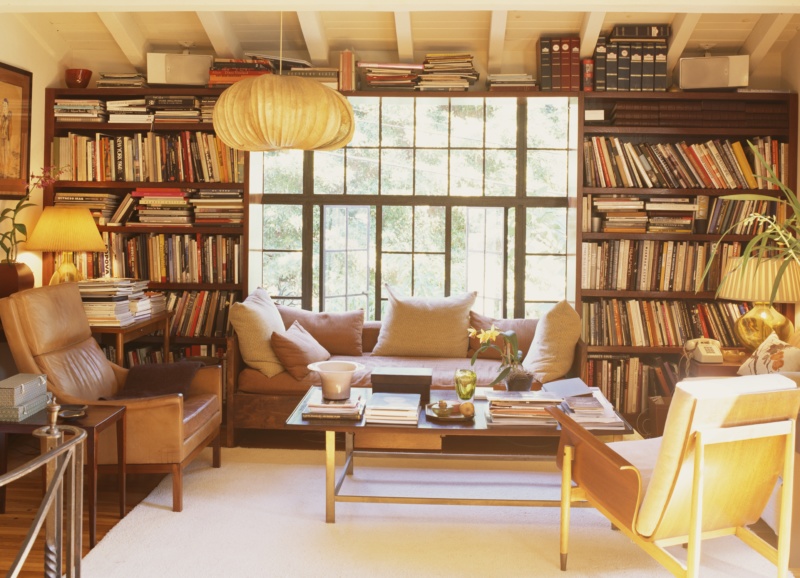
DN: Do you want to know what I thought was the best part of your book? When I got to the chapter on gardens and outdoors, I thought I was going to read about flowers and I ended up reading that incredibly moving account of when you went to visit your friend who was dying of AIDS, bringing him flowers, wearing a hazmat suit.
PF: Oh God, do you think that was too weird?
DN: I loved it.
PF: I always have to remind myself and people around me that I lived through the AIDS epidemic - the kids have forgotten.
DN: One last thing. Why did you decide to end the book with a photo of Big Sur?
PF: It’s an incredible place. Big Sur really does feel like the end of the world to me, and the house I was working on was just 6 feet from that view in the photograph!
DN: It’s a great ending because it also touches on the narrative that British people have come to love the West; they are free to discover a version of themselves they would have never have cultivated had they stayed in England. David Hockney is one of those people, and Christopher Isherwood, and you, Paul - you are one of them.
PF: I think if I had stayed in England I would have just been an asshole!

